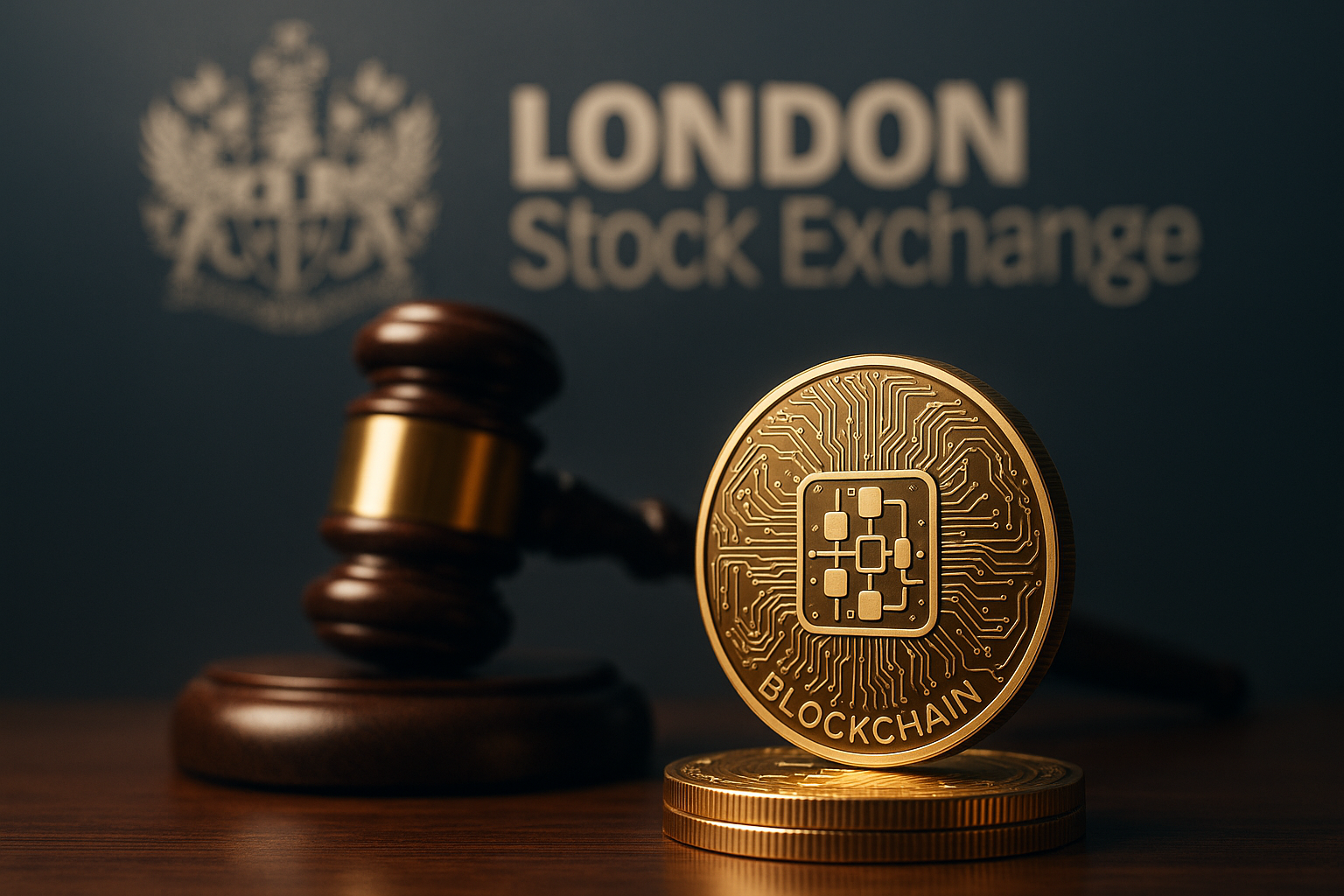For years, Wall Street firms, fintech startups, and crypto projects have navigated an environment where the U.S. Securities and Exchange Commission (SEC) was known for strict and often punitive enforcement. That era may now be shifting. Paul Atkins, the newly appointed Chair of the SEC, has signaled a major change in approach: the regulator will notify businesses of technical violations before taking punitive action—a notable departure from the agency’s aggressive tactics under previous leadership.
In a series of statements reported by Reuters and the Financial Times, Atkins also noted that many crypto tokens do not meet the legal definition of securities, while expressing openness to enabling more regulated tokenized securities. Together, these moves suggest the SEC is aiming to balance investor protection with innovation, potentially reshaping compliance strategies across markets.
Why This Matters for Investors
The SEC’s enforcement posture directly affects market sentiment, compliance costs, and capital flows. During former Chair Gary Gensler’s tenure, enforcement actions against major crypto exchanges, fintechs, and even Fortune 500 companies created an atmosphere of regulatory uncertainty.
Atkins’ softer stance could reduce headline risk and legal costs for companies operating in highly regulated spaces, including financial services, crypto, and emerging tech platforms. According to a 2024 PwC survey, U.S. public companies spend an average of $14 million annually on compliance-related activities, a figure that has risen by 25% over the past five years. If regulators adopt a less adversarial approach, firms could see significant savings.
For investors, this means the risk premium applied to companies under SEC scrutiny may ease, unlocking value in beaten-down sectors like crypto infrastructure, fintech, and tokenization platforms.
Core Analysis
A Friendlier SEC?
Atkins’ philosophy represents a pivot toward regulatory clarity over enforcement-first tactics. Notification of technical violations—such as late filings or minor disclosure lapses—before punitive measures could create a predictable compliance environment. This is particularly relevant for small-cap and mid-cap firms, which often lack the legal resources of larger corporations.
Implications for Crypto and Tokenization
The SEC Chair’s acknowledgment that “many crypto tokens are not securities” marks a potential inflection point. If backed by new guidance, this could remove a major overhang for the crypto industry, which has long grappled with lawsuits over token classification. Furthermore, Atkins’ interest in regulated tokenized securities opens the door for traditional investors to access new asset types—ranging from real estate to private equity—on blockchain platforms.
According to Boston Consulting Group, the tokenized asset market could reach $16 trillion by 2030. With the SEC signaling openness, institutional adoption may accelerate sooner than expected.
The Risks Investors Should Not Ignore
- Ambiguity in Enforcement: What qualifies as a “technical” vs. “material” violation remains subjective. Companies could still face costly litigation if boundaries are unclear.
- Transition Period Volatility: Shifts in regulatory approach often take time to implement, and market participants may overestimate how lenient the SEC will actually be.
- Political Backlash: A softer stance could invite criticism from policymakers concerned about investor protection, potentially leading to pendulum swings in future regulatory regimes.
Future Trends to Watch
- Crypto Market Sentiment
A friendlier SEC could fuel renewed capital inflows into U.S.-based crypto projects and exchanges, reducing the incentive to offshore operations. - Compliance Spending Adjustments
If notification-first becomes the norm, compliance spending across financial services may moderate, boosting margins. - Institutional Tokenization Adoption
Watch for partnerships between Wall Street banks and blockchain platforms as regulatory clarity paves the way for tokenized securities.
Key Investment Insight
For investors, Atkins’ new approach could signal a turning point: reduced regulatory overhang and increased clarity may unlock opportunities in fintech, blockchain infrastructure, and publicly listed companies burdened by compliance uncertainty. However, until new rules are formalized, investors should remain cautious about overexposure, particularly in volatile sectors like crypto.
This shift may not be a green light for risk-on investing, but it does suggest a more balanced regulatory environment—one that prioritizes growth while keeping protections intact.
The SEC is often one of the most powerful forces shaping U.S. capital markets. With Atkins at the helm, investors have reason to believe the climate may be tilting toward innovation and clarity.
Stay with MoneyNews.Today for daily insights on how policy, markets, and innovation intersect to shape tomorrow’s investment opportunities.





